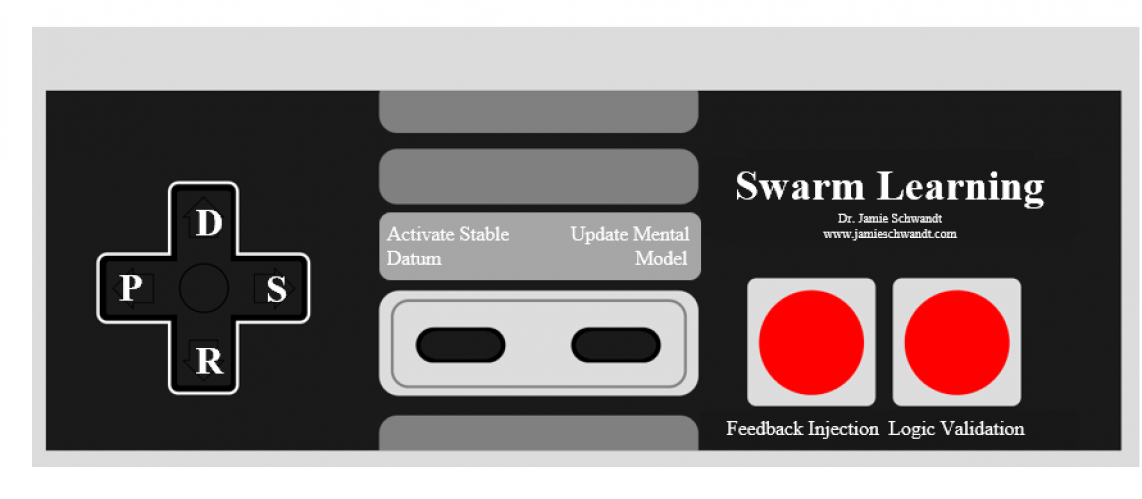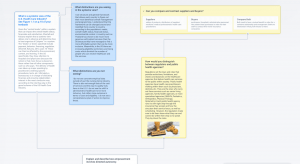What is health care administration?
Healthcare administration is the breakdown and management of health care systems or the organization of it. This is a broad sense of it. It can be carried out within smaller scales or on bigger scales such as the World Health Organization (WHO) Higher administrative figures manage and create a system of organization that they feel would be in the best interest of their own institution. There are various stakeholders who partake in this at different levels to carry out the mission that the hospital, clinic, or insurance company has and which works in the best interest of their constituents and their own best interest.
What is a systems view of the U.S. Health Care Industry? See Figure 1.1 on p.10 of your textbook
Given the “control knobs” within a system that can impact the overall health status, financials and satisfaction, Shortell and Kaluzny explain that a systems view allows one to view and determine how to best organize all “players” in a system. The “knobs” specified include payment, behavior, financing, regulation. (Burns, Bradley, Weiner, 2012, p.13) In the U.S. specifically, they draw attention to hospitals and physicians because the notion is that more focus is placed on these rather than all other components such as who pays.
What distinctions are you seeing in the systems view?
I see structure and general framework that allows each country to figure out. Their most beneficial overall management and programming. I understand that the framework can be changed around and modified from country to country according to the population’s needs overall health status, financial status, environmental context. A country such as Thailand has shown to be much more generous with patient health services than the U.S. because they have managed to find a more affordable system that can be more inclusive and even cost effective. Meanwhile, in the U.S. there are increasing eligibility restrictions and rising costs which diminish the number of people who can receive healthcare services.
What distinctions are you not seeing?
I do not see concrete empirical data outside of just the nursing home industry. There is also not enough data of the cost of services and the way its quality truly fares in the U.S. I do not see the shift in administrative healthcare to be more inclusive , but rather more exclusive in terms of cost and eligibility. I do not see a comprehensive plan of action to improve these.
How would you distinguish between regulators and public health agencies?
Regulators set the laws and rules that provide restrictions, limitations, and checks and balances on the healthcare agencies that deliver health care services to the public within society. Public health agencies have health care practitioners working within them such as physicians, dentists, etc. They are the ones who carry out these services such as senior living agencies, family health agencies, or more specialized agencies (OBGYN, Pediatrics, Orthopedics, Physical Therapy, Optometry). Each public health agency runs its own tight ship through the insurance they accept and how the structure their service hours, as well as their scheduling protocol. However, the regulators make sure to let them know what they can and cannot do within their “ship” so to speak. They lay down the law on them.
Can you compare and contrast suppliers and buyers?
Suppliers– sellers of products; distributors of supplies/ medicine/ equipment used to carry out services
Buyers-purchasers/ hospitals/ administrative personnel who obtain these purchases in order for their staff to conduct their work
Compare Both-Both need to have a mutual benefit in order for a cohesive relationship and arrangement. Both are interested in what profit means to them.
What is organizational design?
It is how the management, responsibilities, and authority falls within a body. The structure of it can be changed as best suits the mission and outcome. The grouping of how tasks are delegated and the authorities that do so play a role in this. Priorities will differ among health care settings, and this will determine the organizational design.
Explain and describe how empowerment involves directed autonomy.
To begin with, I have heard about how boosting employees’ morale makes a difference in the overall service that gets delivered to their clients. In my experience this was done through snacks being bought, through words of affirmation, and even acknowledgements of certain actions that were outstanding. This then provides intrinsic motivation for them to be better or continue the good work in a more genuine manner.
Empowering physicians not only allows them to feel more autonomy, but it adds to the value they will deliver. People generally do not like to feel they are being spoken to in a condescending manner, or be told what to do without being valued. When someone knows that the extent of their work such as whether they are making a difference, they gain motivation to continue to make a difference. Therefore, sharing the outcome, impact, and even feedback allows professionals to find their inner motivation to improve. This is something that results from within, thus creating a foundation for that autonomous mindset. Additionally, making sure everyone in the team whether it is a doctor or someone on the board feels like they have a voice, allows them to want to take part in the goals to look forward to and attempt to reach.
https://www.plectica.com/maps/JW2S283XX
Sources: Burns, L. R., Bradley, E. H., & Weiner, B. J. (2012). Shortell and Kaluzny’s Health Care Management Organization Design & Behavior(Sixth). Engage Learning.


Excellent work, Stephanie! Can you post it in our Facebook group?
I have found the best way to empower employees is to give them autonomy to make decisions is to involve them in the development of processes. Setting clear expectations and goals for all involved makes it easier to autonomous and helps the person ultimately responsible feel more secure that people will make right decisions or know when to ask for direction.
Rhonda